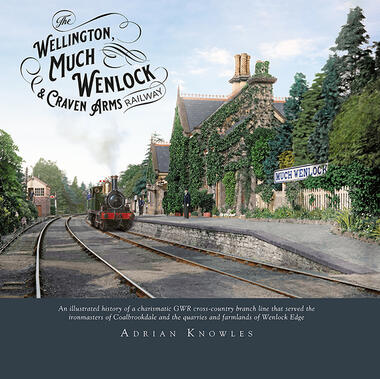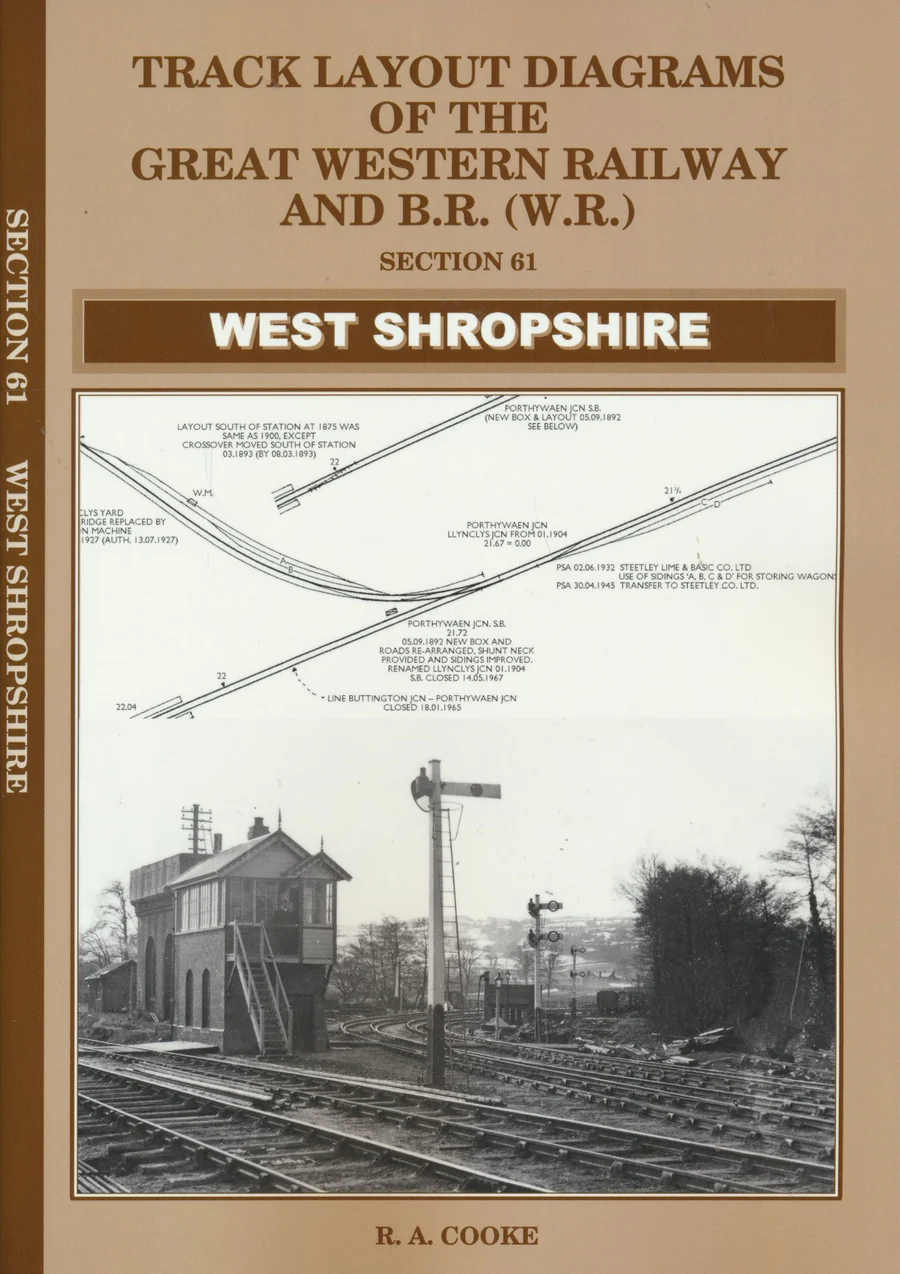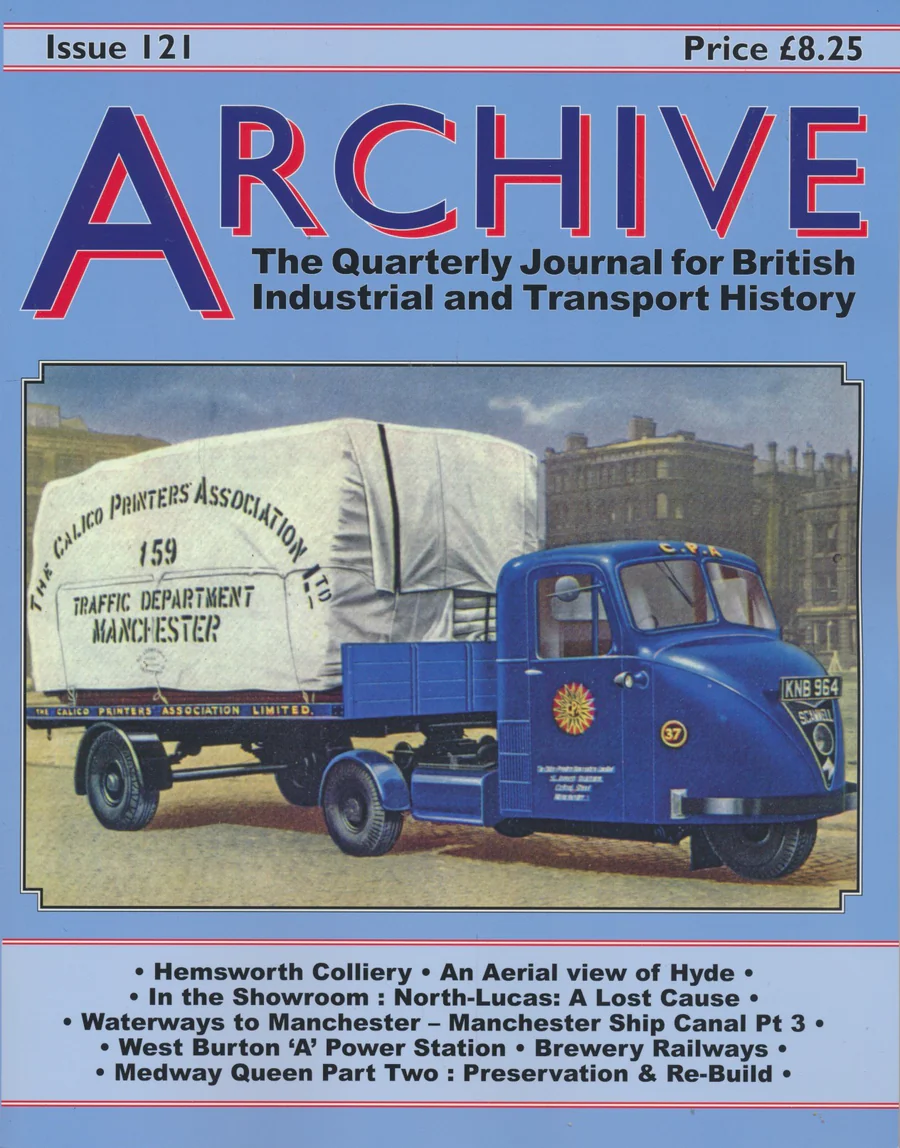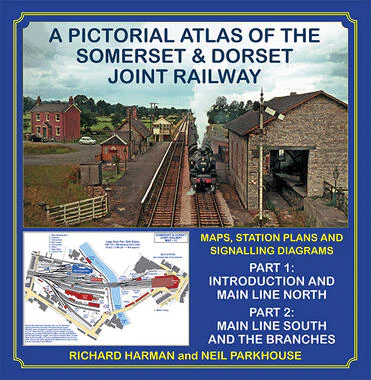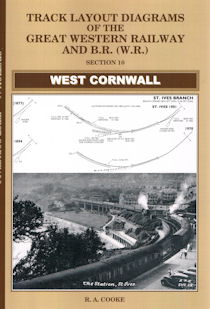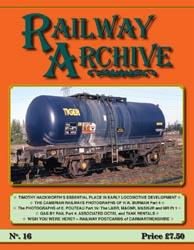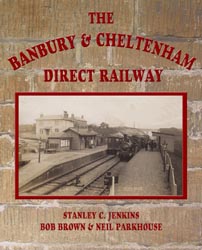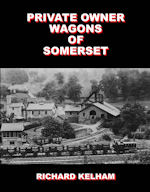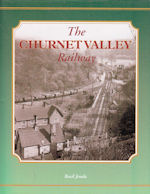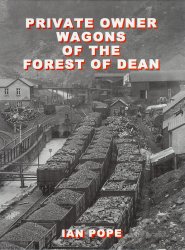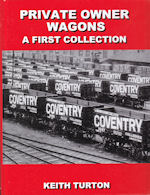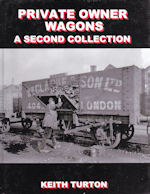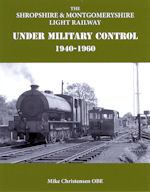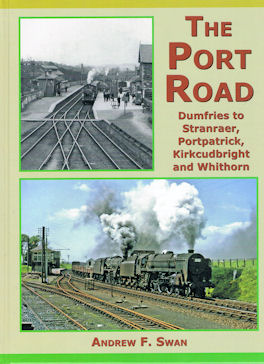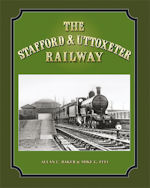Branch Lines to Thetford
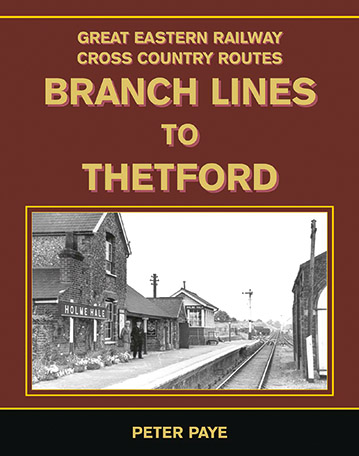
Condition: Excellent
Published by: Lightmoor Press
Author: Peter Paye
Branch Lines to Thetford
Before the coming of the railway the East Anglian towns of Bury St Edmunds and Thetford enjoyed periods of prosperity for they were linked by waterways to the coastal port of Kings Lynn and thus had connections to much of the British Isles and the continent. Chronic neglect of the Norfolk harbour and the advent of various railway routes from the 1840s, which amalgamated to form the Great Eastern Railway in 1862, hardly helped the situation for the former trading partners could only be reached by roundabout and time consuming journeys. Local businessmen decided the only solution was to build a direct railway linking Bury with Thetford and on to Watton, where local burghers were equally keen to connect with the expanding railway empire, and from there to Swaffham and thus via the former Lynn & Dereham company line to reach their goal. The plan to run independently of the GER was fraught from the start, for three companies were formed to achieve their aim: the Bury St Edmunds & Thetford, incorporated in 1865 but not opened until 1876; the Thetford & Watton, the most successful of the triumvirate, incorporated in 1866 and actually opening to traffic as an independent concern in 1869; and the Watton & Swaffham, which obtained its Act in 1869 and opened in 1875. By running powers over the GER the T&WR operated through services from 1876, but all three were ailing concerns with the BSE&TR selling out to the GER in 1878. The T&WR and W&SR threw themselves at the mercy of the main line company, entering into a working agreement until being absorbed in 1898. Thus the GER without much effort nullified the threatened competition. The Bury to Thetford and Thetford to Swaffham lines thereafter operated as separate branches until closure in the 1950s and 1960s, but far from a mundane existence they served parts of Norfolk and Suffolk with quiet efficiency and played a huge part in the defence of the realm during two world wars. Their essential involvement in the first conflict, with the exercising of men and horses, and ultimately the development of mechanised warfare in the form of the tank, is largely unknown and forgotten, whilst the servicing of several military airfields, as well as one of the largest bomb dumps in the country and an important but necessary chemical warfare establishment, between 1939 and 1945 is legendary.
288 pages. 275x215mm. Printed on gloss art paper with colour laminated board covers.
Please contact us for a quote for shipping outside the UK Mainland before ordering.





